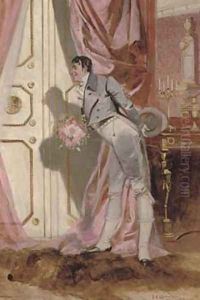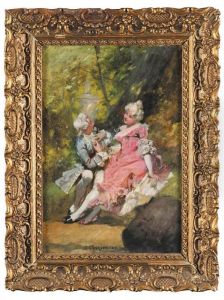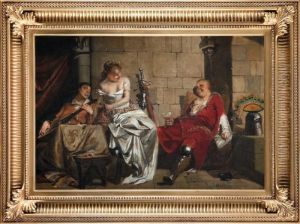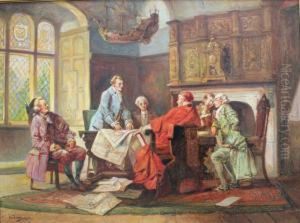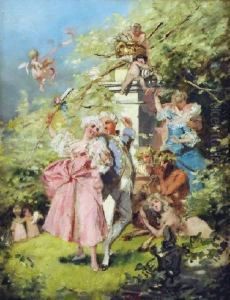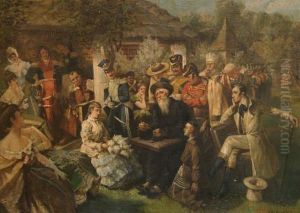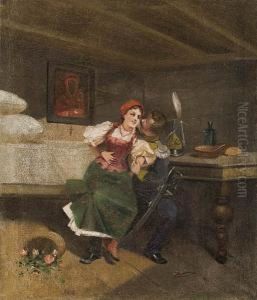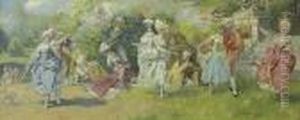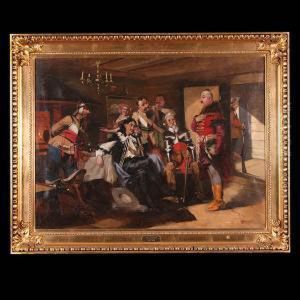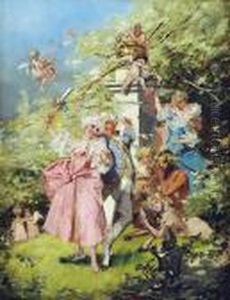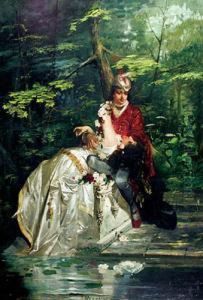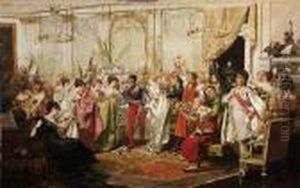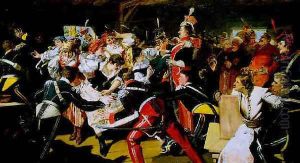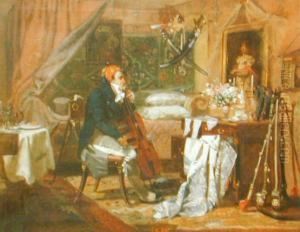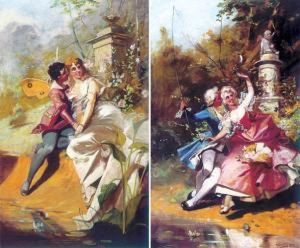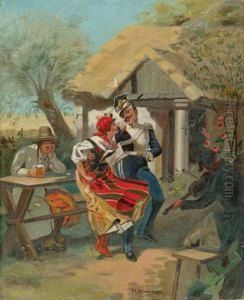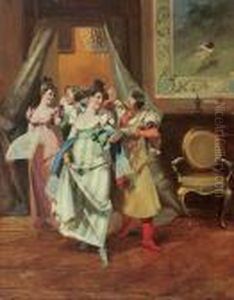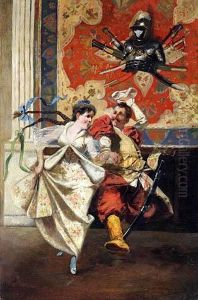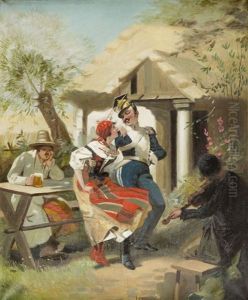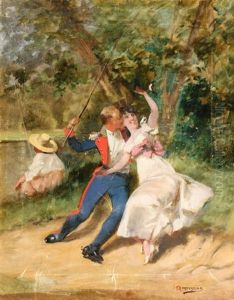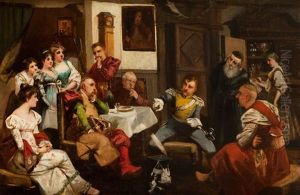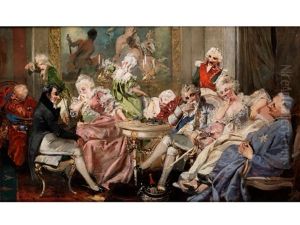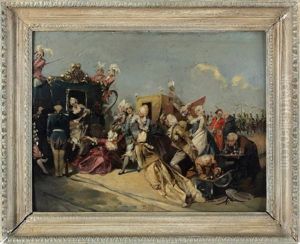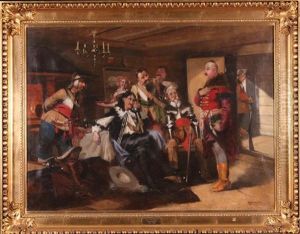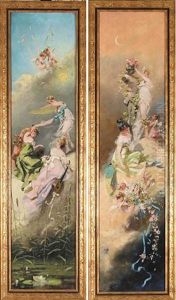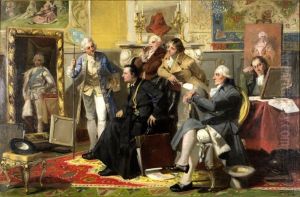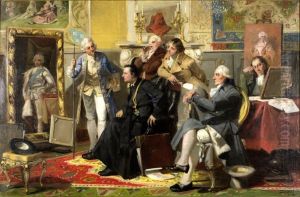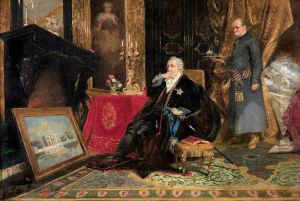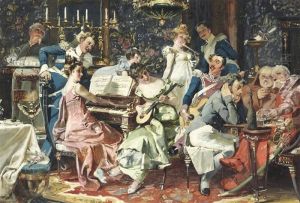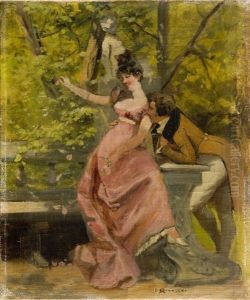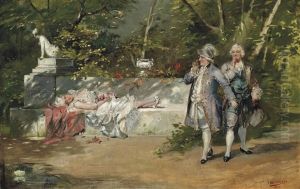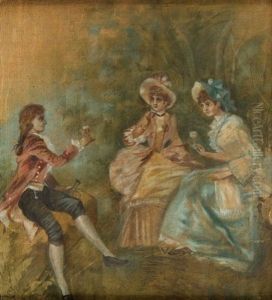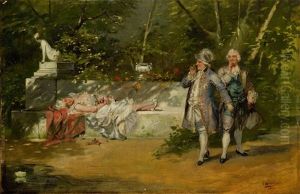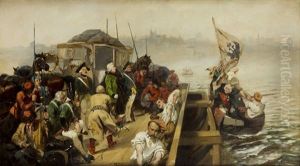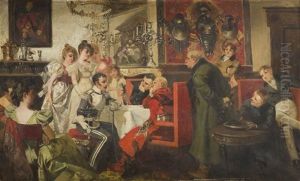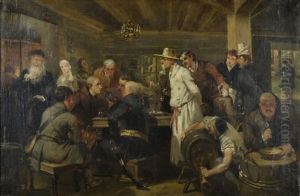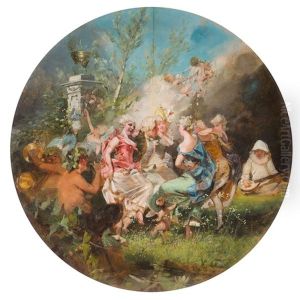Jan Czeslaw Moniuszko Paintings
Jan Czesław Moniuszko was a Polish contemporary visual artist, known for his unique approach to art, which often incorporated elements of surrealism and abstraction. Born in 1924, Moniuszko spent the majority of his life in a Poland that was subject to immense political and social changes, including the devastation of World War II and the subsequent communist rule.
Growing up in this turbulent environment, Moniuszko's early experiences likely influenced his artistic vision. Despite the challenges, he managed to develop his talent and became recognized for his work in the years following the war. His art often reflected a deep introspection and a commentary on the human condition, which resonated with a society recovering from the traumas of conflict and adapting to the new political realities.
Moniuszko's career spanned several decades during which he experimented with various mediums and styles. His paintings often featured distorted figures and landscapes, a reflection of the inner turmoil and the surreal experiences of living through such transformative periods in history. He was also noted for his use of color and composition, creating works that were both emotionally impactful and aesthetically intriguing.
Despite the recognition he received, Moniuszko remained a relatively private individual, focusing on his art rather than public persona. Throughout his career, he exhibited in various galleries and museums, and his work was collected by art enthusiasts and institutions alike.
Jan Czesław Moniuszko passed away in 1993, leaving behind a legacy as a significant figure in Polish contemporary art. His contributions continue to be studied and appreciated for their emotional depth and artistic innovation, providing insight into the complex historical context of 20th-century Poland and its impact on the world of art.
